Maria Antonia Josefa Johanna von Habsburg-Lothringen was born in Vienna on November 2, 1755. She is known to history as Queen Marie Antoinette of France. Her fame is largely tied to her tragic fate, as she was guillotined during the French revolution. Maria Antonia was the eleventh daughter of Maria Theresa and Francis I, Emperors of Austria. She grew up in the luxury of the Schonbrünn Palace. Seeking to ally Austria with France, her mother arranged her marriage to the heir to the French throne, who would eventually become King Louis XVI. When she was 15, Marie Antoinette was married to Louis XVI in Versailles, in 1770.
Four years later, when Louis XV died, Marie Antoinette became the Queen of France: she was only 19. The royal couple had four children: Marie Therese Charlotte, Louis Joseph, Louis Charles, and Marie Sophie Helen Beatrice. The young queen found formal court life boring, and was much more attracted to amusements. Her exaggerated spending earned her the nickname “Madame Deficit.” Marie Antoinette led an extravagant, lighthearted life, and seemed unfazed by the increasingly serious economic crises afflicting France. Her inability to manage power made her unpopular with her subjects and part of the nobility, who considered her unworthy of the French throne.
1787 marked the beginning of a period of mourning for Marie Antoinette: her youngest daughter died, followed in 1789 by her firstborn, who was only eight. That same year, at the peak of a terrible economic crisis, the French Revolution broke out: Marie Antoinette would soon face further tragedy. On July 14, when revolutionaries stormed the Bastille, many aristocrats fled France, fearing for their lives. The royals, however, remained in Versailles. The royal palace was attacked in early October. Marie Antoinette and her entire family were moved to the Tuileries Palace in Paris, together with all her family. The queen feared for her safety and attempted to escape with her family in 1791. The royals dressed as common travelers, hoping not to attract attention, but were recognized in Varennes, not far from the Dutch border. Marie Antoinette was forced to return to Paris. The French people considered her escape attempt an act of treason: the Tuileries Palace was attacked again on August 10 1792, and the royal family was imprisoned. Louis XVI was tried for treason and guillotined in Paris on January 21 1793. The same fate awaited Marie Antoinette. After a trial before the Revolutionary Tribunal, a guillotine blade cut off Marie Antoinette's head at noon on October 16, 1793. She was 37. She was buried in an unmarked grave.
Four years later, when Louis XV died, Marie Antoinette became the Queen of France: she was only 19. The royal couple had four children: Marie Therese Charlotte, Louis Joseph, Louis Charles, and Marie Sophie Helen Beatrice. The young queen found formal court life boring, and was much more attracted to amusements. Her exaggerated spending earned her the nickname “Madame Deficit.” Marie Antoinette led an extravagant, lighthearted life, and seemed unfazed by the increasingly serious economic crises afflicting France. Her inability to manage power made her unpopular with her subjects and part of the nobility, who considered her unworthy of the French throne.
1787 marked the beginning of a period of mourning for Marie Antoinette: her youngest daughter died, followed in 1789 by her firstborn, who was only eight. That same year, at the peak of a terrible economic crisis, the French Revolution broke out: Marie Antoinette would soon face further tragedy. On July 14, when revolutionaries stormed the Bastille, many aristocrats fled France, fearing for their lives. The royals, however, remained in Versailles. The royal palace was attacked in early October. Marie Antoinette and her entire family were moved to the Tuileries Palace in Paris, together with all her family. The queen feared for her safety and attempted to escape with her family in 1791. The royals dressed as common travelers, hoping not to attract attention, but were recognized in Varennes, not far from the Dutch border. Marie Antoinette was forced to return to Paris. The French people considered her escape attempt an act of treason: the Tuileries Palace was attacked again on August 10 1792, and the royal family was imprisoned. Louis XVI was tried for treason and guillotined in Paris on January 21 1793. The same fate awaited Marie Antoinette. After a trial before the Revolutionary Tribunal, a guillotine blade cut off Marie Antoinette's head at noon on October 16, 1793. She was 37. She was buried in an unmarked grave.
RELATED


HUMBOLDT, ALEXANDER VON
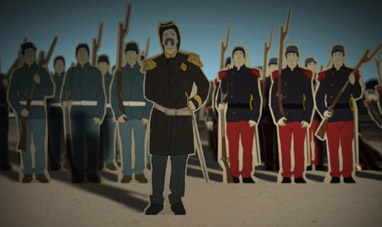

PATRICE DE MAC-MAHON
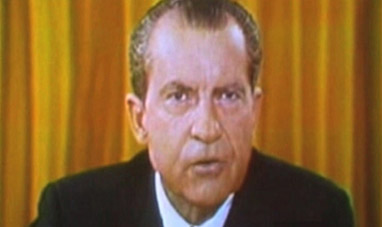

RICHARD NIXON


CECIL RHODES


JOHN EDGAR HOOVER


JIMMY CARTER
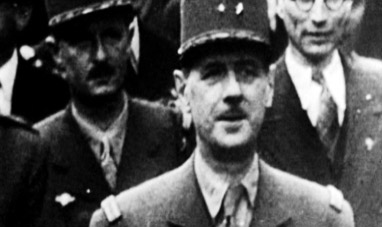

CHARLES DE GAULLE


ANDREI ZHDANOV


RUHOLLAH KHOMEINI
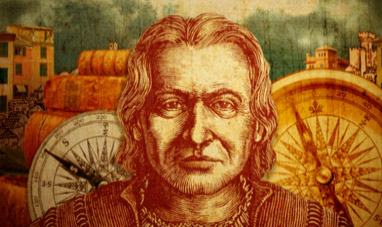

COLUMBUS, CHRISTOPHER
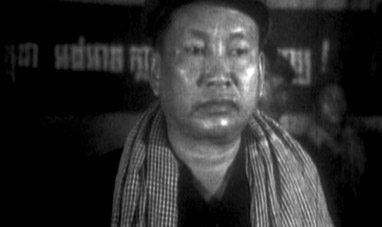

POL POT


ALEKSANDR LITVINENKO


JUSTINIAN I


BORIS YELTSIN


CHARLEMAGNE
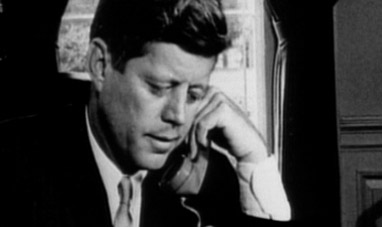

JOHN FITZGERALD KENNEDY


THE COUNT-DUKE OF OLIVARES


NAPOLEON III


FRANCISCO PIZARRO
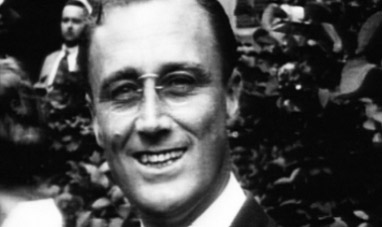

FRANKLIN DELANO ROOSEVELT
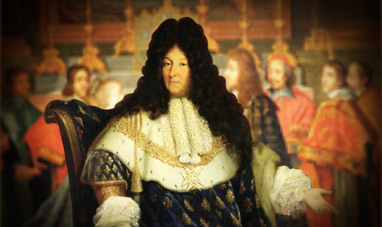

LOUIS XIV, THE SUN KING
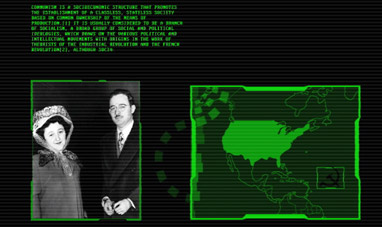

ROSENBERGS, THE
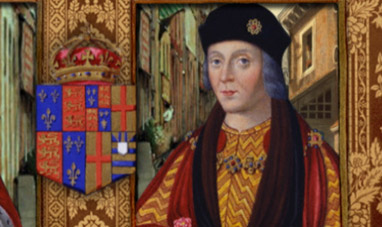

HENRY VII


DWIGHT EISENHOWER
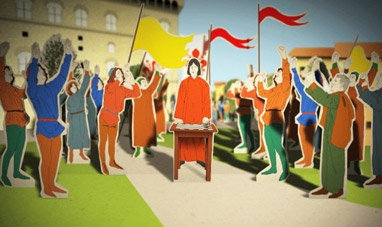

LORENZO DE' MEDICI
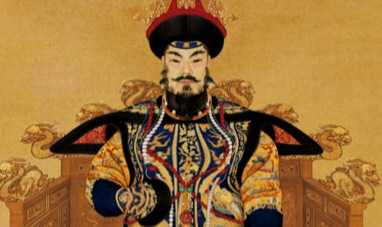

QIN SHI HUANG
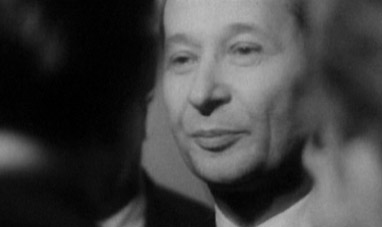

ALEXANDER DUBCEK
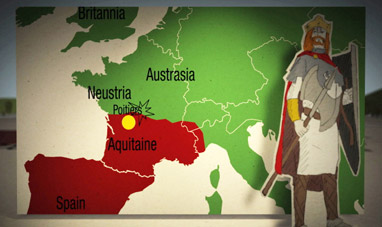

CHARLES MARTEL
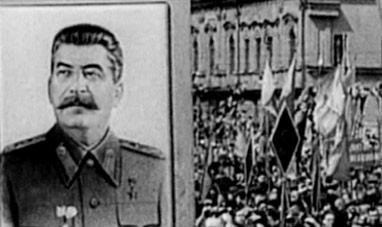

STALIN
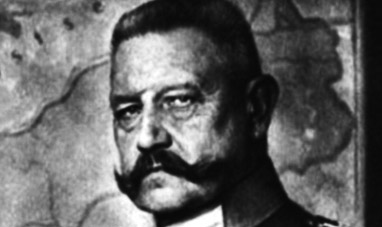

PAUL VON HINDENBURG
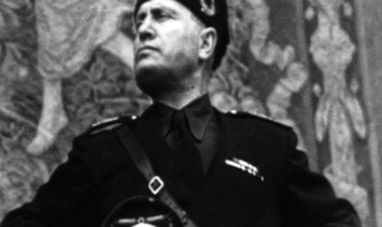

BENITO MUSSOLINI
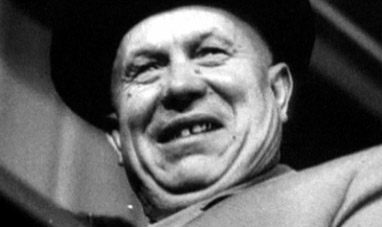

NIKITA KHRUSHCHEV


THE FRENCH REVOLUTION


JAMES KEIR HARDIE
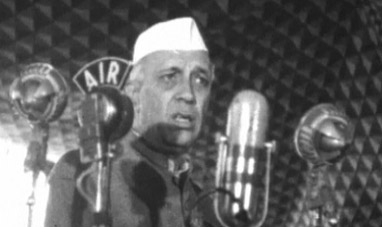

JAWAHARLAL NEHRU


KOFI ANNAN
